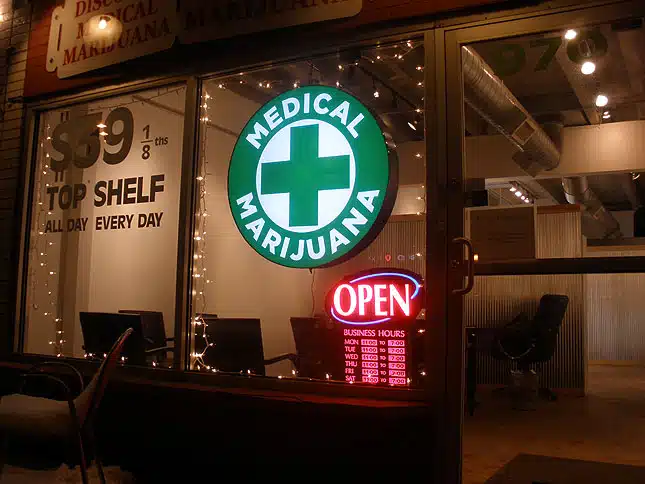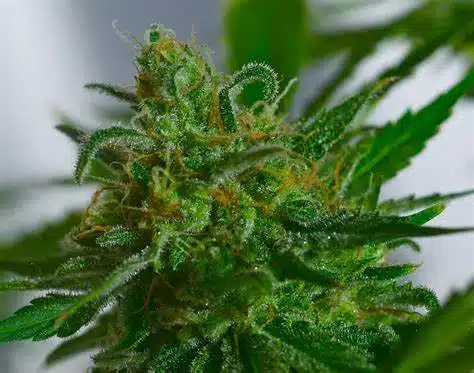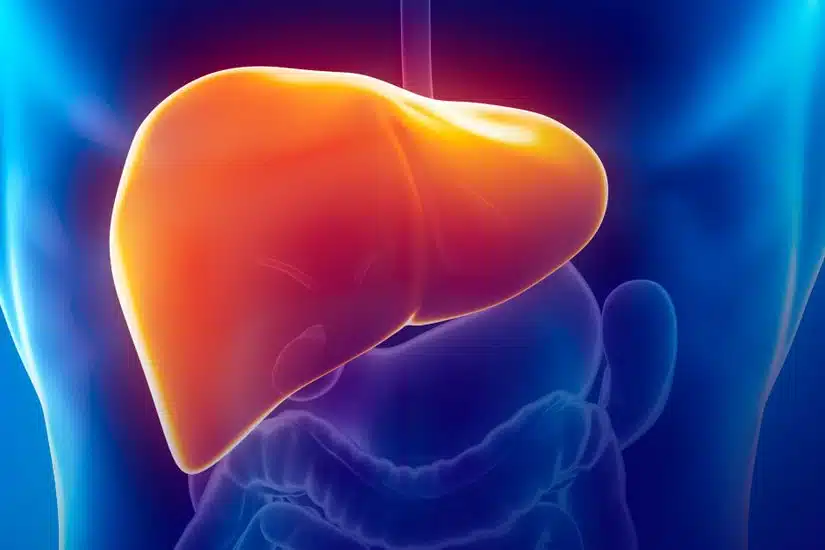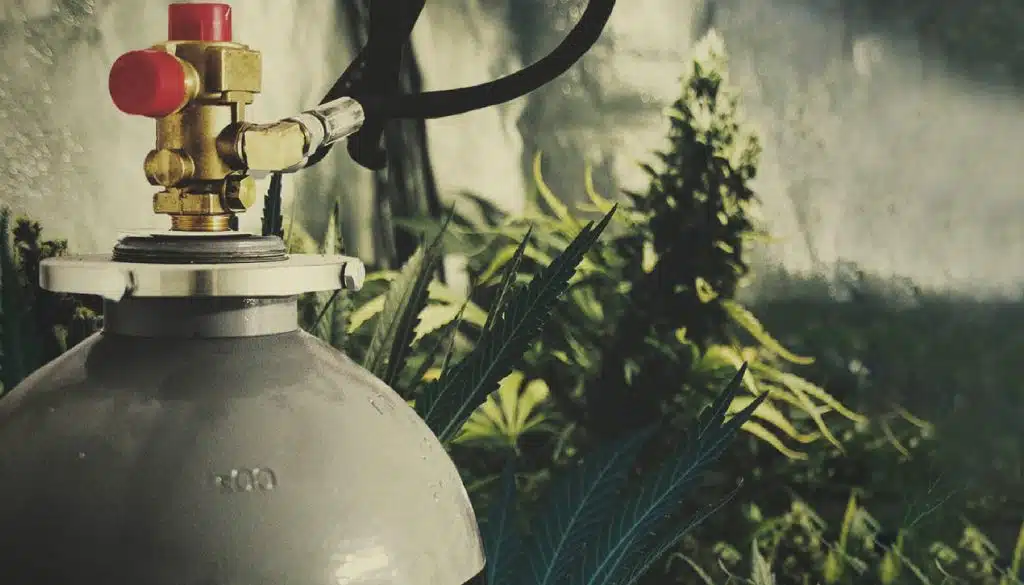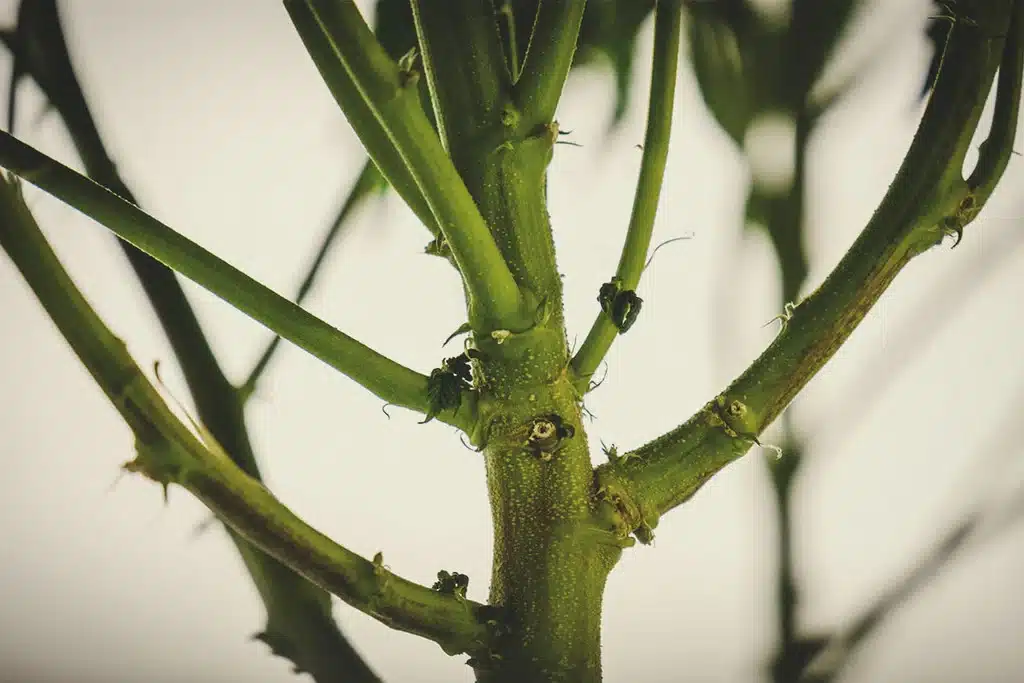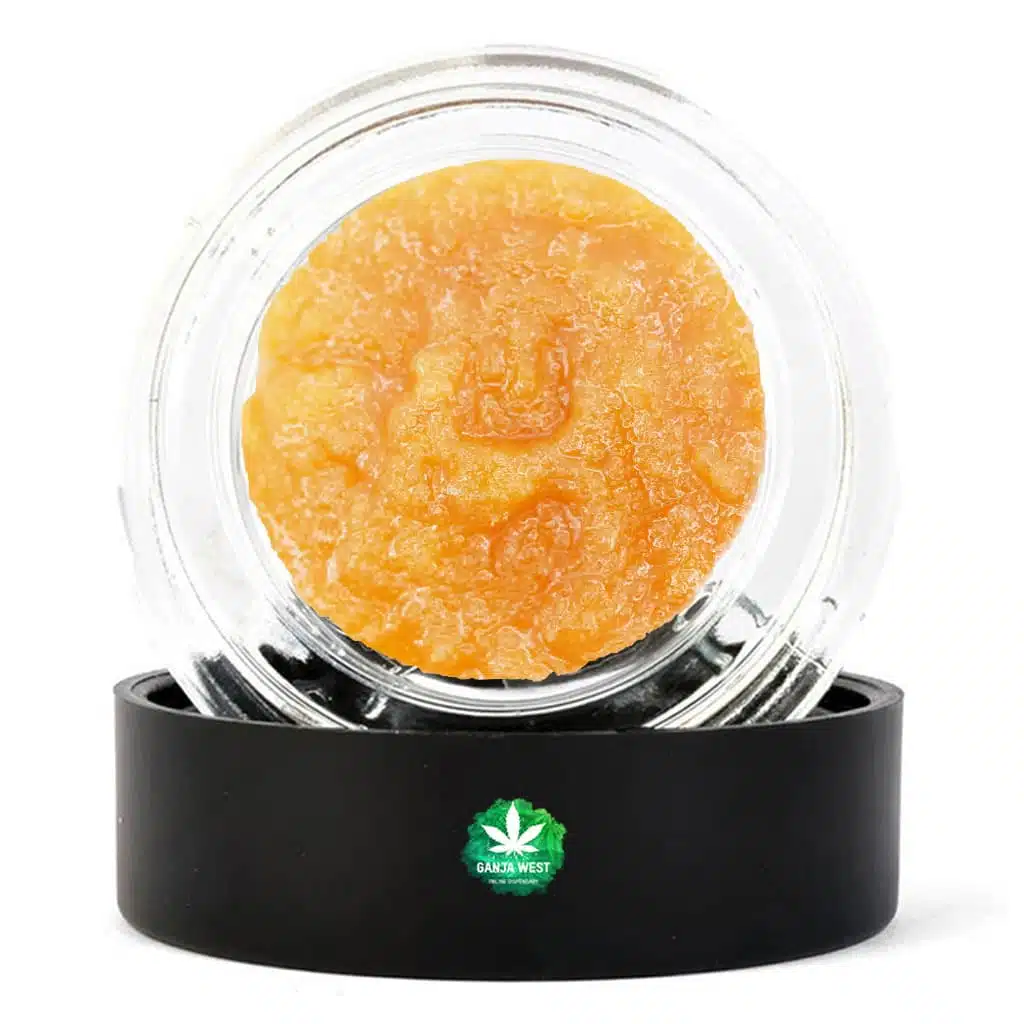How To Grow Organic Marijuana
How To Grow Organic Marijuana
Organic produce is becoming more and more popular, and for good reason. It is healthier for you and the environment, and it tastes better. It is important to choose organic produce if you want to support sustainable farming and a healthy environment.
We believe that there is a big political and nutritional divide in the world of cannabis, just as there is in the world of food. We think that more people are looking for a natural purity in their cannabis, and that’s why we’re bringing this up. After all, cannabis comes from an organic plant, so the choice to grow it or process it can only make a difference in the nature of the product.
There is a lot of passionate debate surrounding organic cannabis cultivation, with proponents on each side having very strong opinions about their ideologies. However, according to organic cultivators, their plants provide the most flavorful, potent and pure cannabis you’ve ever tried. Meanwhile, many consumers of cannabis concentrates argue that what you put into your plants doesn’t matter – the only measure of marijuana is what you get out of the final product (i.e. cannabinoid potency, highest psychoactive effects or medical benefits).
Would you like to learn more about organic weed cultivation? In this guide, we will discuss the benefits of growing organic cannabis, as well as the differences between organic and non-organic cannabis. Whether you’re a beginner or a veteran grower, we hope this guide will help you make the best choices for your plants and your health.
TO BE (ORGANIC), OR NOT TO BE (ORGANIC): That Is THE Question?
Learning about the chemicals used in food production can help you make informed decisions about what is best for your health. Non-organic, “GMO” or “conventional” food doesn’t always have negative effects, but there are a lot of synthetic chemicals in what we eat and drink today. Labels today are very complex, with many ingredients that we don’t even know what they are.
There are some important considerations to keep in mind when deciding whether to go organic: pesticides can be harmful, and it can be difficult to ensure safe levels of chemical residues in food and drink. However, there are many benefits to organic farming, including the fact that it allows us to eat healthier, more nutritious foods. In fact, there is little difference in the nutritional value of organic and non-organic food, often times depending on the specific product.
There is a big difference between how cannabis is grown, with some growers using organic methods and others using methods using synthetic fertilizers and processing chemicals. Which approach is the best for producing high-quality buds is a topic of much debate.
GOING GREEN: How to Grow Organic Marijuana
Despite its inclusion in The Act, the “4 Plant Rule” has been the center of some very heated debate because it is considered to be a slap in the face of cannabis cultivators. Many claim that “four plants is not enough,” while others argue that it will create dangers for property owners if everyone has a small crop of weed in their homes and garden beds.
As you can see, there are several issues with the current legal cannabis market. For one, there are a large number of growers who have been cultivating cannabis illegally, and this has led to inconsistent and low-quality products. Additionally, many people are turning to the black market to get their weed because the legal market just isn’t providing the quality they’re looking for. In fact, based on the data we have, it seems that most Canadians would benefit from returning to the old, illegal system.
Let’s take a step back and consider the real question: How can I produce the best quality cannabis? There is no one-size-fits-all answer, but here are some important factors to consider when growing cannabis organically.
To make your project truly successful, you need to start by laying some groundwork first. With a growing medium, your project will be sure to flourish.
GROWING MEDIUMS
Did you know that you can grow cannabis in a variety of different growing mediums? There are traditional soil-based growing mediums, organic growing mediums, and even floating growing mediums – which are perfect for water gardens and fish tanks! The main methodologies behind the different types of growing mediums are very customizable, versatile, and can be as expensive or cost-friendly as you like. Instead of focusing on particular products, we’ll review the main growing mediums on the market today.
First, there are a variety of organic growing mediums that are used by growers. These mediums are based on a natural approach that has been successful in many marijuana-growing regions in Canada. Some of these mediums are made from soil, while others are made from a mixture of inputs that is designed to mimic a natural soil. Regardless of the medium used, traditional organic cultivation practices often depend on where the grower lives.
Sea soil is a popular growing medium on the West Coast of British Columbia. It’s rich in nutrients and minerals found in the air and water near the coast. This medium is perfect for growing cannabis, because it provides the plants with all the nutrients they need. Anyone who has tried growing cannabis on the West Coast knows that Sea Soil works great!
The growing medium known as “super soil” is a favorite among organic growers because it is customizable to fit their specific needs. It can be pricey, but it is a favorite of those who grow organically.
The last but definitely not least reason to grow organically is that we’re trying to mimic the way nature grows. This is known as “biomimicry,” and it’s a great way to solve complex human problems. We’re learning from the billions of years of research that plants, animals, and ecosystems have already done and applying that ingenuity to our work.
Peat moss is a popular and effective input for cultivating many crops, including cannabis. Scientists and crop farmers looked at the biodiversity found in peat bogs across Canada and began including this “grower’s gold” in their cultivation regimes. Peat moss is basically broken down plant and organic materials that coalesces into a nutrient-rich, potent microorganism soup that living plants and animals can benefit from. Instead of continuing to use acidic, nutrient-deficient and sodium-high cow manure as the base, many growing medium producers have now turned to peat moss and the natural innovation of peat bogs for this very important growing input. Proponents of this style of growing are some of the most staunch supporters of organics, and their knowledge of natural ecosystems is often second-to-none. If you live in an area with abundant plant life or a particular profile of nutrients (mineral-rich clay, peat bogs, composted forest humus, etc), then try copying what you can perceive nature doing, and invest in the natural systems for your next successful crop of organic cannabis.
Conclusion
If you are interested in cannabis and THC products, check out Ganja West online dispensary at ganjawest.co!
